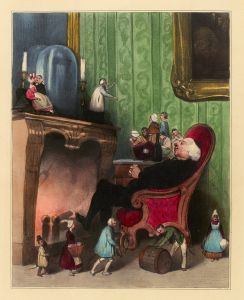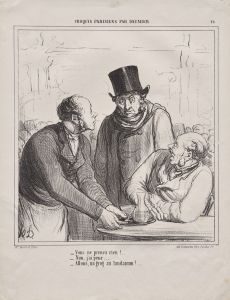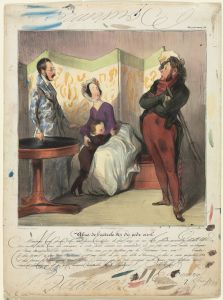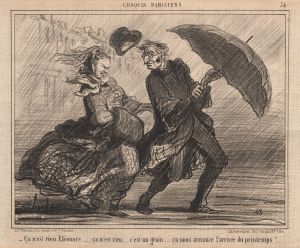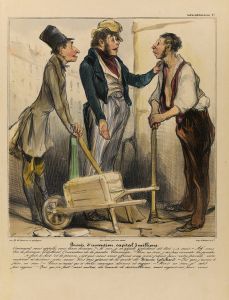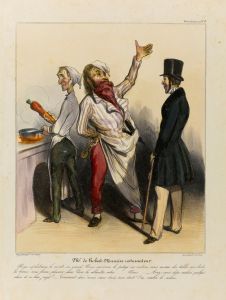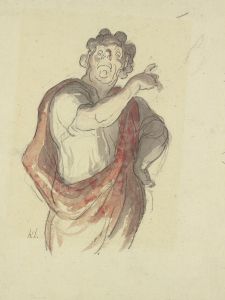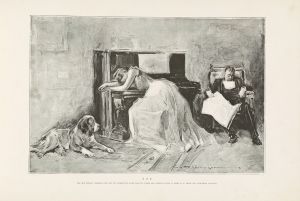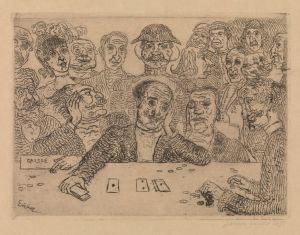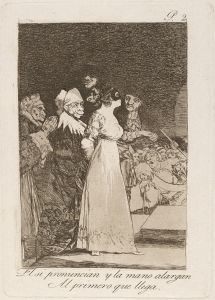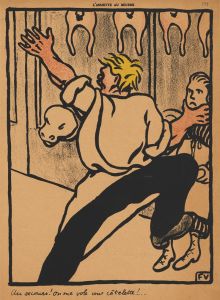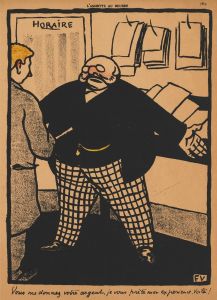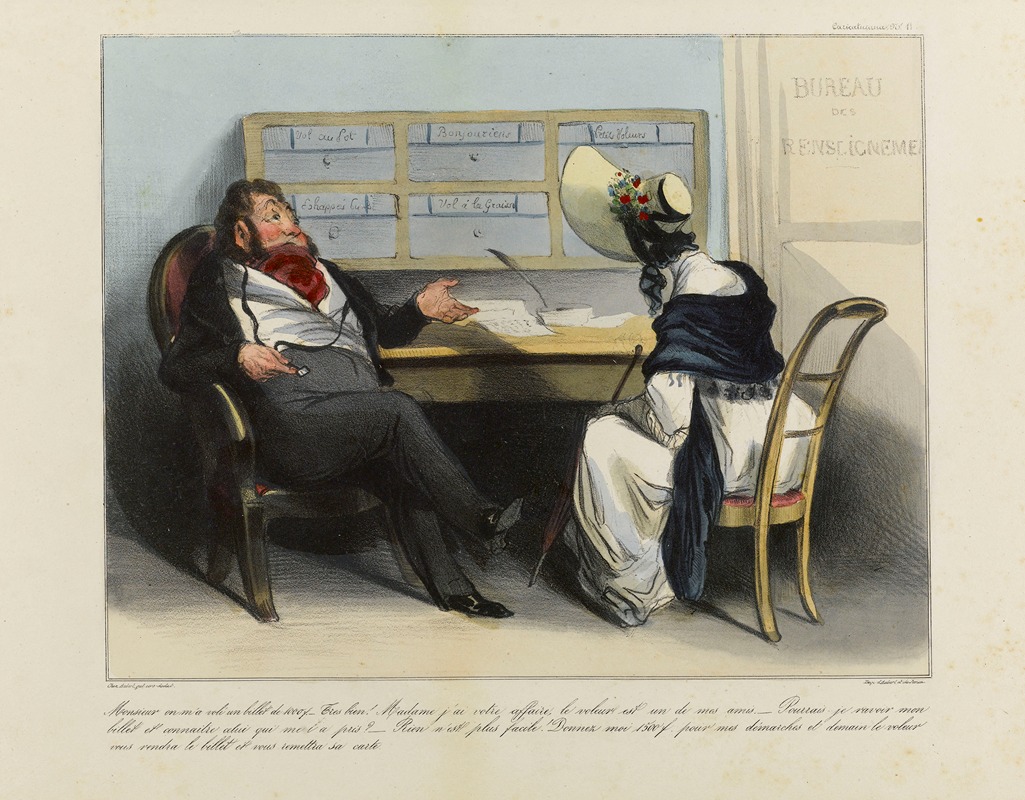
Monsieur, on m’a volé un billet de 100 f
A hand-painted replica of Honoré Daumier’s masterpiece Monsieur, on m’a volé un billet de 100 f, meticulously crafted by professional artists to capture the true essence of the original. Each piece is created with museum-quality canvas and rare mineral pigments, carefully painted by experienced artists with delicate brushstrokes and rich, layered colors to perfectly recreate the texture of the original artwork. Unlike machine-printed reproductions, this hand-painted version brings the painting to life, infused with the artist’s emotions and skill in every stroke. Whether for personal collection or home decoration, it instantly elevates the artistic atmosphere of any space.
"Monsieur, on m’a volé un billet de 100 f" (translated as "Sir, I have been robbed of a 100 franc note") is a notable work by the French artist Honoré Daumier, who is renowned for his satirical and social commentary through his art. Daumier, born on February 26, 1808, in Marseille, France, was a prolific painter, caricaturist, and sculptor, whose works often critiqued the political and social issues of his time.
This particular piece, "Monsieur, on m’a volé un billet de 100 f," is an example of Daumier's skill in capturing the human condition and the societal dynamics of 19th-century France. The artwork depicts a scene that is both humorous and critical, showcasing Daumier's ability to blend satire with a keen observation of everyday life.
In the painting, a distressed man is seen exclaiming to another, presumably a figure of authority or a bystander, that he has been robbed of a 100 franc note. The expressions and body language of the characters are exaggerated, a hallmark of Daumier's style, which he used to emphasize the absurdity and drama of the situation. This exaggeration is a common technique in Daumier's work, allowing him to convey deeper social commentary through seemingly simple scenes.
Daumier's career was marked by his involvement with the satirical newspaper "La Caricature" and later "Le Charivari," where he published many of his lithographs. His work often targeted the bourgeoisie, the legal system, and political figures, making him a controversial figure in his time. Despite facing imprisonment for his caricatures, Daumier continued to produce art that challenged the status quo and highlighted the injustices and hypocrisies of society.
"Monsieur, on m’a volé un billet de 100 f" fits within this broader context of Daumier's oeuvre, where he used his artistic talents to comment on the socio-economic conditions of his era. The painting reflects the anxieties and frustrations of the common man, a recurring theme in Daumier's work. His ability to capture such moments with humor and empathy has cemented his place as a significant figure in the history of art.
Daumier's influence extends beyond his lifetime, as his works continue to be studied and appreciated for their artistic merit and social relevance. His paintings, drawings, and sculptures are housed in major museums around the world, including the Louvre in Paris and the Metropolitan Museum of Art in New York.
In summary, "Monsieur, on m’a volé un billet de 100 f" is a quintessential example of Honoré Daumier's talent for combining satire with social critique. Through his exaggerated yet poignant depiction of a man lamenting the loss of a 100 franc note, Daumier offers a glimpse into the everyday struggles and societal issues of 19th-century France, making this work a valuable piece of art history.





